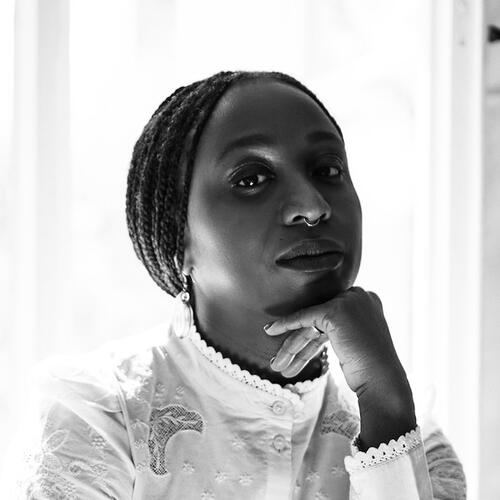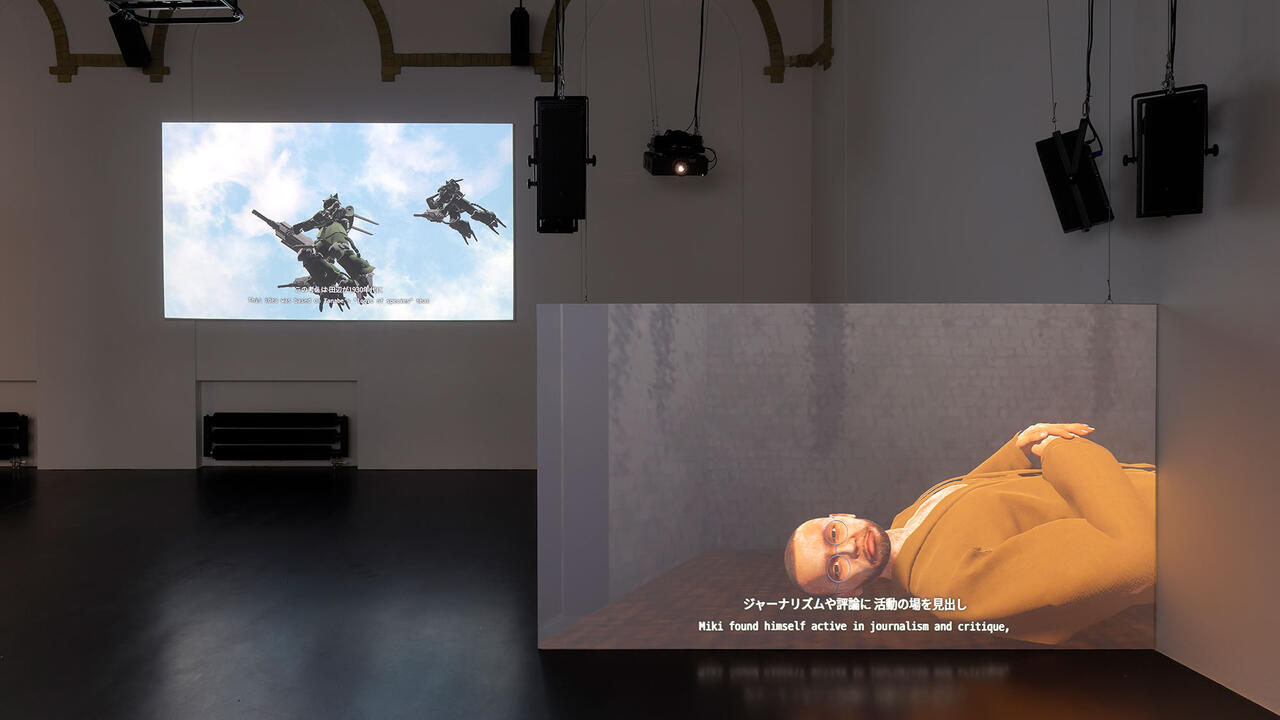The South African Collective Navigating Home, Memory and Belonging
MADEYOULOOK’s journey to Venice stems from a decade-long social practice dedicated to advocating for Indigenous land rights.
MADEYOULOOK’s journey to Venice stems from a decade-long social practice dedicated to advocating for Indigenous land rights.

What does it mean to be estranged from ‘home’? As with any genuine reflection of one’s homeland – whether it is secular or sacred – it can raise questions about who we are and our connection to our ancestors. This is a central concern explored in the practice of the Johannesburg-based collective MADEYOULOOK.
Formed by Molemo Moiloa and Nare Mokgotho in 2009 while studying at Wits School of Arts in Johannesburg, the collective is committed to inviting audiences to re-observe and reconsider how Black lives and histories are represented in visual media. Through archival research and conducting interviews with Indigenous people, they show the fluidity of memorialization in breezy yet forthright interrogations into land use and practices by working with oral testimonies from the public.

In a call with MADEYOULOOK last month, I asked them about their collaborative vision, Mokgotho responding: ‘A lot of what constituted contemporary art was still very much a modernist understanding of what art is, but we wanted to push against the idea of the lone artistic genius.’ The committee for the South African Pavilion at this year’s Venice Biennale must share these sentiments, for they chose MADEYOULOOK to represent the country under the pavilion title ‘Quiet Ground’, focusing on land, migration, restitution and new forms of refuge. Pavilion curator Dr. Portia Malatjie, senior lecturer in Art History and Discourse at the University of Cape Town, sought to reconnect the exhibition with its origin, beyond the confines of Venice. In a gesture towards rehabilitation, severing the barriers that often exclude many working-class South Africans from the commercial art world, there are plans to have online forums so as to include people in South Africa during the Biennale and bring part of the exhibition back to the country.

The South African Arsenale show is organized into three pillars: Art in South Africa, the Land as a Classroom and Repair Through Art. Integral to the exhibition is the symbolism of the Resurrection Plant, a drought-resistant shrub that can appear dead for months on end only to ‘reawaken’ upon contact with a drop of water – a metaphor the collective uses to address cycles of loss and repair. The central work in the pavilion, Dinokana (2024), is a sound installation that blends cricket calls, roaring thunder and chirping birds in what feels like nature making room for itself. However, the parts that sit most with the listener are the voices, whose cadences feel like a declaration or confession. At one point, an ascension of people clapping and singing becomes a mesmerizing requiem, an etheric symphony.
To fully appreciate the collective’s presentation at Venice, one must look back at MADEYOULOOK’s long history in land rights research and its focus on collaborative exhibition-making, always with an edge of robust public engagement. ‘Ejaradini’ (2018–ongoing), for example, is a multi-site project that removes gardening’s colonial connotations by encouraging Black South Africans to remake the practice for themselves. The collective set up urban gardens in the courtyards of art institutions with archive photographs of Black gardeners interspersed, showing how gardening can provide, and has provided, pleasure for Black people. Potluck events, conversations and school visits to the site also speak to the collective’s social practice.

Johannesburg has been a central part of their project, reflecting their curiosity about the people who stitch together the place and make it whole. Moiloa noted, ‘There’s also something about using the city as your medium because it’s what you have, and that also made sense for a more collaborative engagement.’ At Goethe-Institut Johannesburg, MADEYOULOOK curated the four-part exhibition, ‘Izwe: Plant Practice’ (2019–2021). Central to the project's concerns were the spiritual implications of land dispossession – especially concerning coal mining and grave relocation – land as a holder of memory and how the reconfiguration of land ownership might affect the climate. Izwe’s curatorial reach also went beyond South Africa as the final iteration of the project was collaboratively made with Hong Kong-based artist-farmer collectives, Sangwoodgoon and HK Farm.
During documenta fifteen, MADEYOULOOK reflected on how we manage space and how space manages us. Their installation, Mafolofolo (2022), contemplated the history of displacement of the Bokoni people under British colonialism. Though the exhibition called back to the loss of land, it was not the only subject of the collective’s project; restitution here was again at the core of the artists’ work.

In 1994, South Africa enacted the Restitution of Land Rights Act, and two years later, the bill was reformed to add a provision to have a person’s or community’s property restored or fairly compensated if dispossession occurred because of racially discriminatory laws or practices. For many working Black South Africans, the wound inflicted by colonial and apartheid-era policies remains fresh. While attending to these histories is a starting point, Moiloa and Mokgotho’s artistic practice deals with the unfinished business of South Africa’s failure to achieve equitable land restitution for all its citizens. For Mokgotho, however, the future is not entirely bleak; it is paired with faith. ‘Land, for many black South Africans, might present an economic hope, a hope for a home, for belonging, for placemaking.’
Nevertheless, the specific circumstances of South Africa, with growing anti-immigrant sentiments towards other Africans who have migrated to the country, pose another problem regarding home and solidarity. But as Moiloa remarked, ‘xenophobia is such a mirror on ourselves, it can be easy to speak about the fear that white South Africans feel and reflect on a colonial legacy. The degree to which the violence and damage that’s happened in South Africa remains with us. It directly reflects on self-alienation or the fact that we [Black South Africans] don’t have a home ourselves.’ For many people who are made to feel like a foreigner, finding a path to overcoming that alienation might be a task that collectives such as MADEYOULOOK can assuage.
Main image: MADEYOULOOK, Ejaradini, 2018, installation documentation, Johannesburg Art Gallery. Courtesy: MADEYOULOOK; photograph: Ricardo Marcus K






















